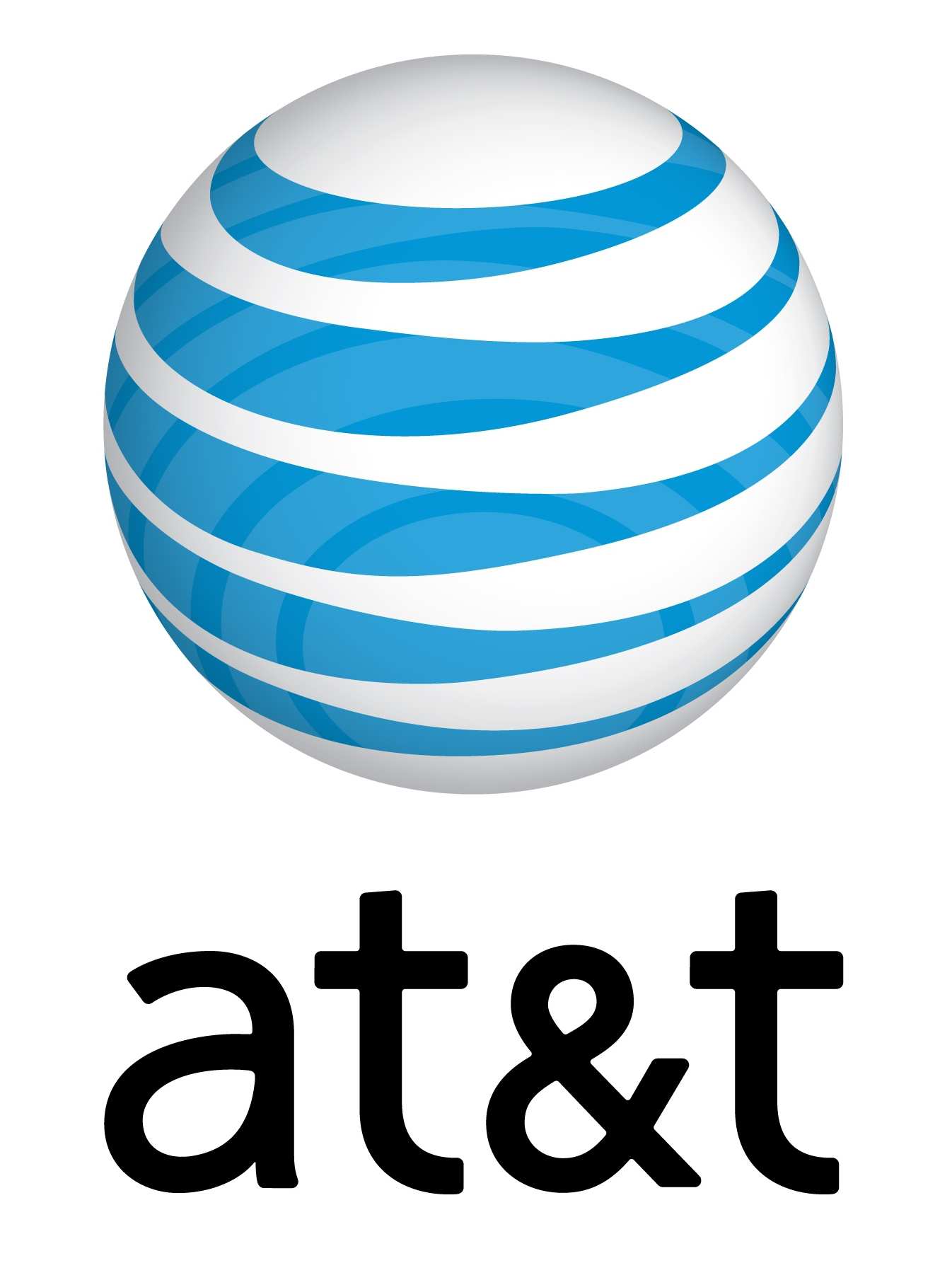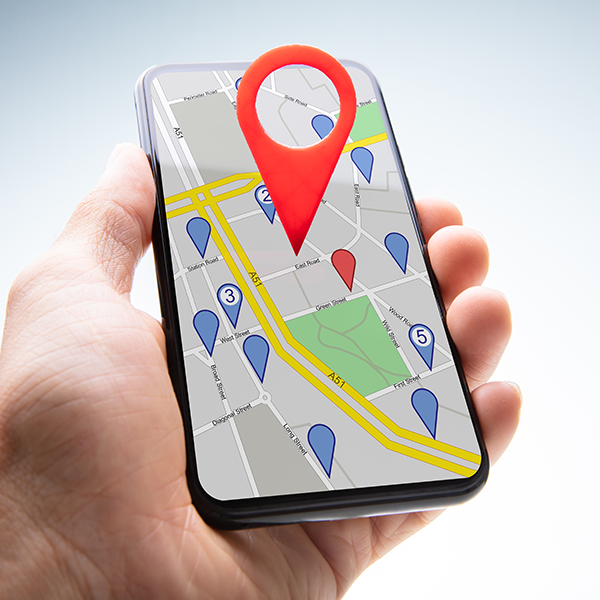Avoid iPhone App Traps

by Niels Hansen
The iPhone's initial release was predictably successful. And with the recent release of the second generation iPhone, it seems that Apple has hit the jackpot again, and opened up a number of opportunities for companies large and small.
The Developers
The current swell of demand for iPhone applications is unlike anything the development industry has ever seen. But serious mistakes can be made in the rush to develop applications. These missteps lead to delayed launches and additional costs outside the original project budget. Most often, the root of these problems is a lack of familiarity with programming for the Apple Mac.
iPhone apps are all built in Apple's Xcode development environment using Objective-C object-oriented programming language and the Cocoa framework. If none of this sounds familiar, it is because until now Apple apps have not seen adoption in the mainstream.
Cocoa is not at all like Microsoft .NET, the widely-adopted programming environment. At first glance, coders will find Cocoa foreign, bizarre even. It is not unusual to find Windows programmers balking at Cocoa code due to their ingrained preconceptions of what code "should" look like. But as they continue to work in Cocoa, many will realize the elegant simplicity of the new paradigm that Apple has created.
The business impact of the newness of Apple's development environment is a severe lack of programmers with experience creating iPhone apps. Therefore, finding talented developers should be the first priority. Due to the recent surge in demand, it is not unusual to find a waiting list for development firms with Apple experience.
One of the most common misconceptions in planning for iPhone application development is underestimating the budget required. On the surface, an iPhone application appears small and inexpensive, leading businesses to assume apps can be created for a few thousand dollars or less. The truth is they take just as much, if not more time than a standard PC application. This is especially true when using programmers unfamiliar with building Mac or iPhone applications. Make sure to take this into account when working on the business-case justification for iPhone application development.
The Gatekeeper
Another common mistake is a lack of understanding Apple's stringent guidelines on how all iPhone apps are to look, feel and operate. The reality is businesses must conform to Apple's standards or risk not being approved. Apple is very particular that all iPhone apps look like an Apple product even if it was not developed by Apple, leading to their rules of how navigation should flow and how buttons are positioned.
It is critical to understand and follow the necessary steps to get listed with the iTunes App store. Otherwise, you face delays of several weeks after the actual application is completed.
The first step is getting initial approval from Apple before paying a dime in application fees. The next step - one commonly overlooked - is for the company to enroll in the Apple iPhone developer program. Companies assume having their contracted development firm be part of the program is sufficient, but Apple requires the company itself to participate. Next is paying the $99 annual fee to Apple. Having your banking information approved by Apple so companies can be paid via the iTunes app store is also a separate process. The entire process from beginning to end can take weeks or months, so be sure to follow the instructions for each step carefully, or risk further delays.
While proceeding through the above steps, also make sure you understand what applications are banned by Apple. While their list includes the usual suspects (adult content, gambling or other vices), Apple reserves the right to reject an application solely on their opinion. Apple also has a rating system for games, similar to what exists for console or PC games. Also carefully read the privacy policies to ensure they are adhered to.
Finally, it is important to understand that Apple only allows development of standalone iPhone applications. Your app cannot run as a background application. Certain features are available to the developer such as email, GPS, or Contacts, but other features such as SMS and built-in Google Maps are not.
The future of the iPhone beyond its current dominance of games and utilities is difficult to foresee. While many believe corporate acceptance is simply a matter of time, others see greater obstacles - from IT departments unwilling to have Apple products on the company network, to users of Blackberry devices and their intense dislike for the touch screen keyboard. However, some of that may change with the ability to implement Microsoft Exchange push email functionality, introduced with the iPhone 2.0 software upgrade.
An encouraging sign is seeing industry bellwethers such as Oracle beginning to include functionality to the iPhone. Cracking the code for corporate users could mean a new way of doing business through mobile methods. And if you plan carefully and work closely with an experienced iPhone developer, you could reap the rewards of new opportunities.
Niels Hansen is a partner and Chief Technology Officer for Venice Consulting Group. Mr. Hansen's clients have included Fox Sports, Rain Bird, Washington Mutual Bank, All State Insurance, Charles Schwab and American Express.

Subscribe to Our Newsletter!
Latest in Mobile Marketing










